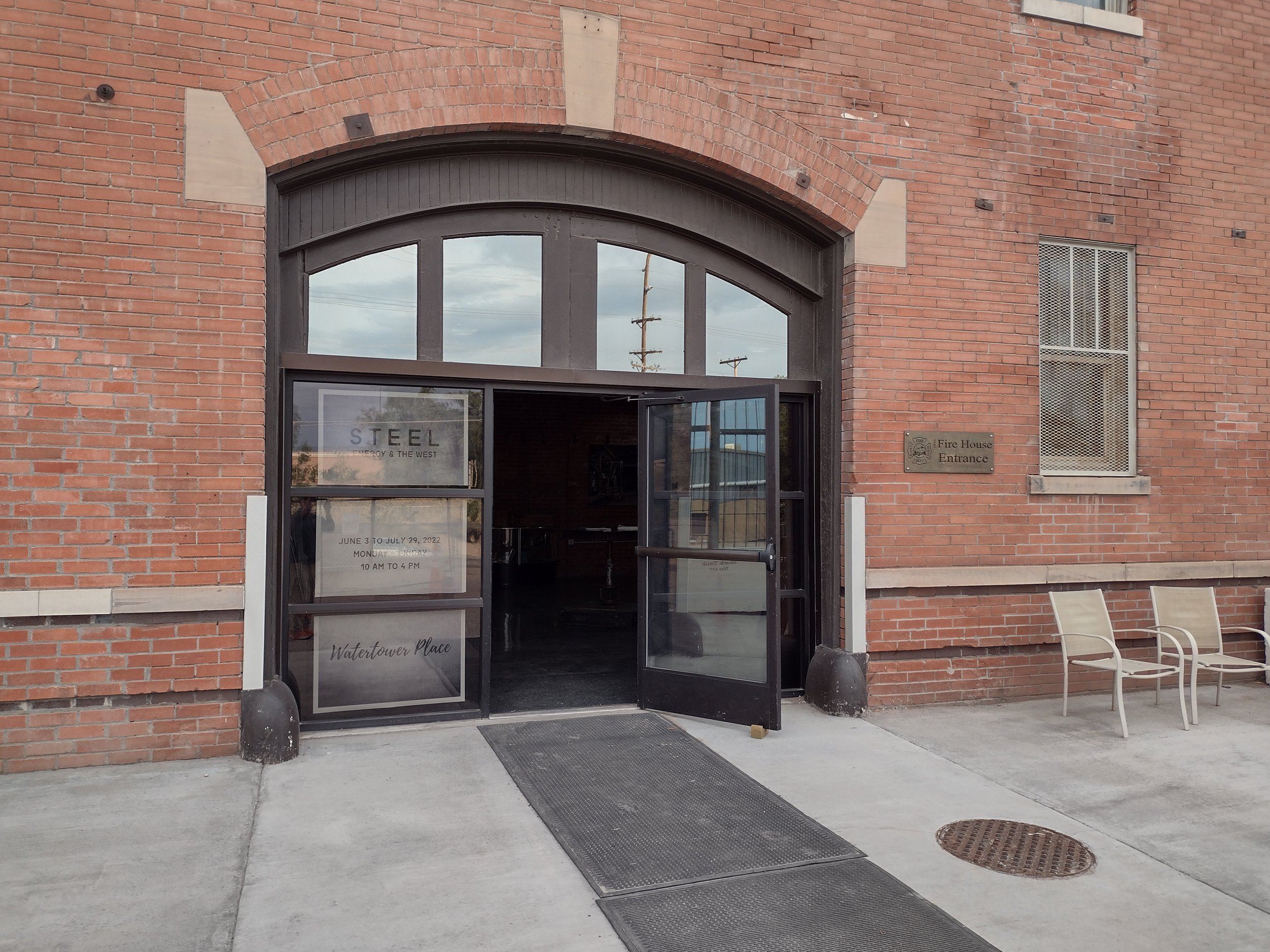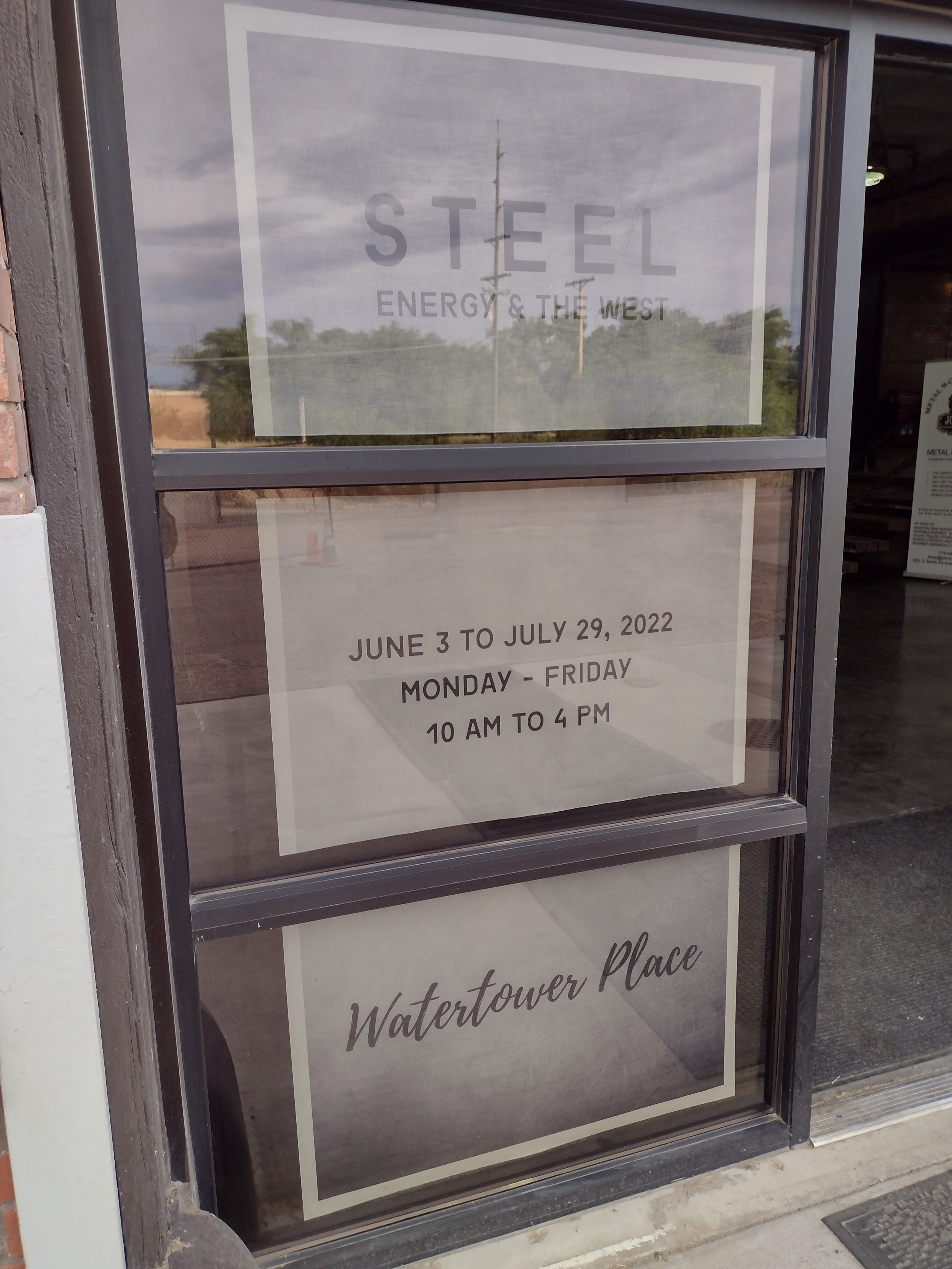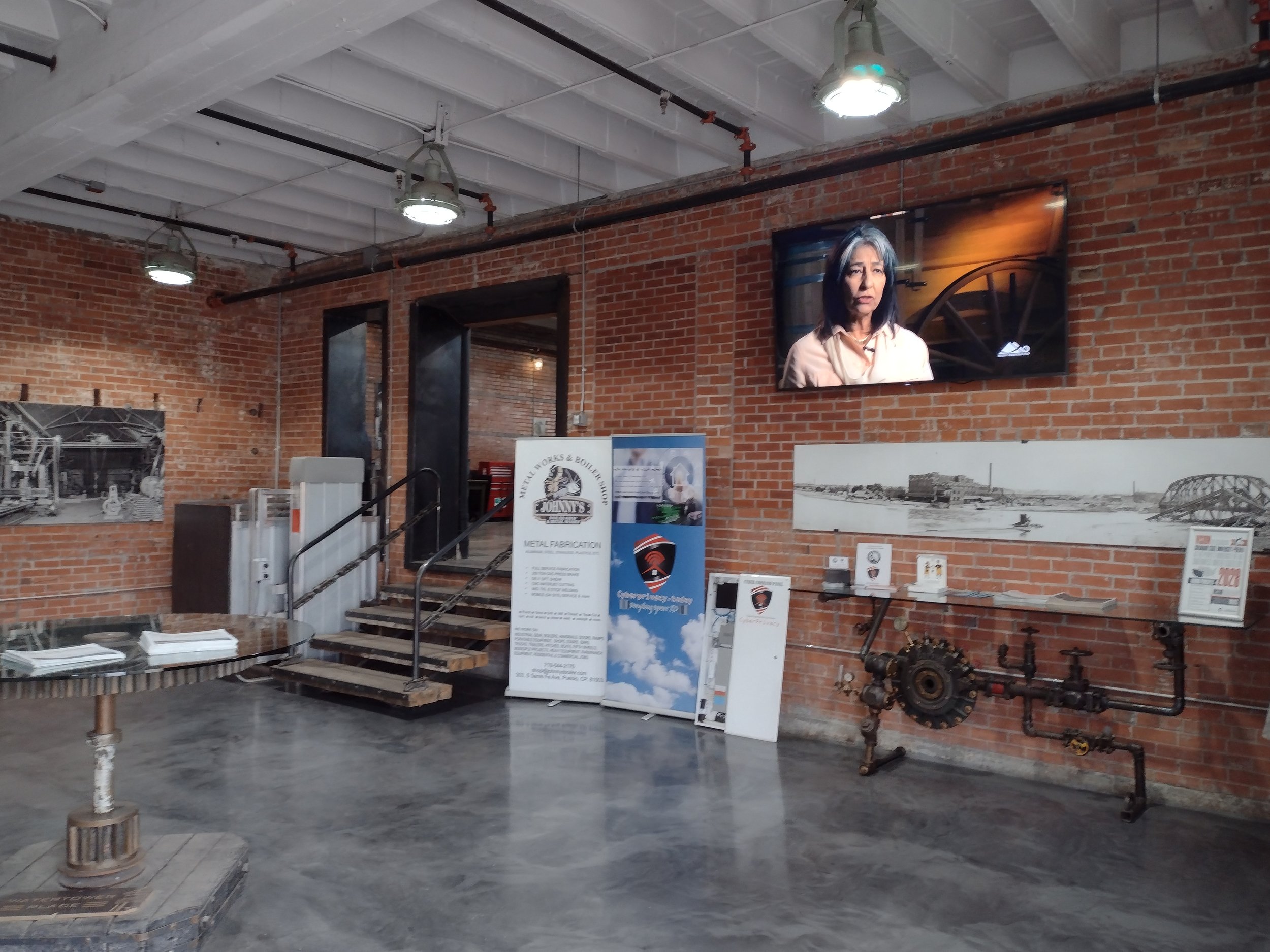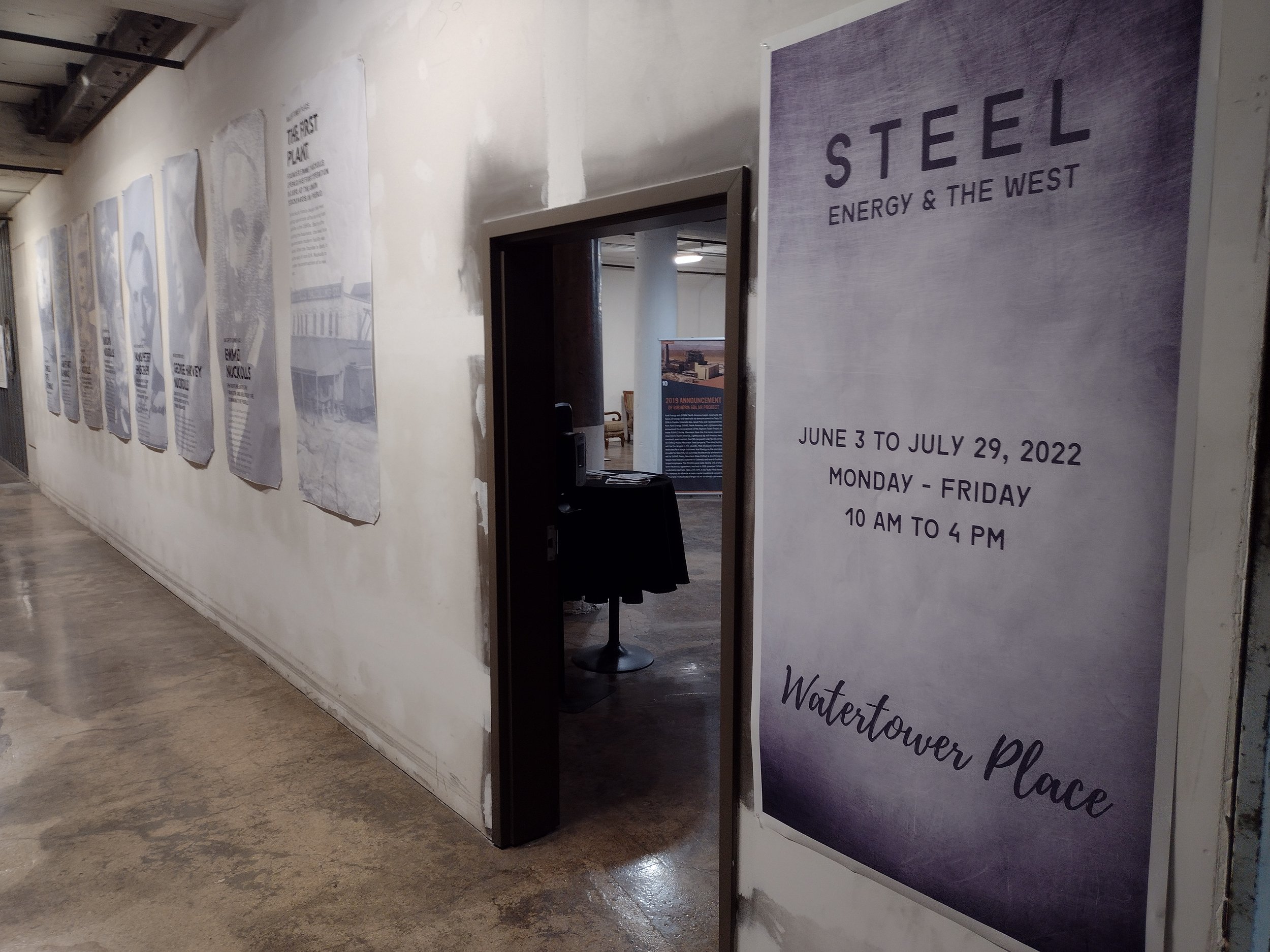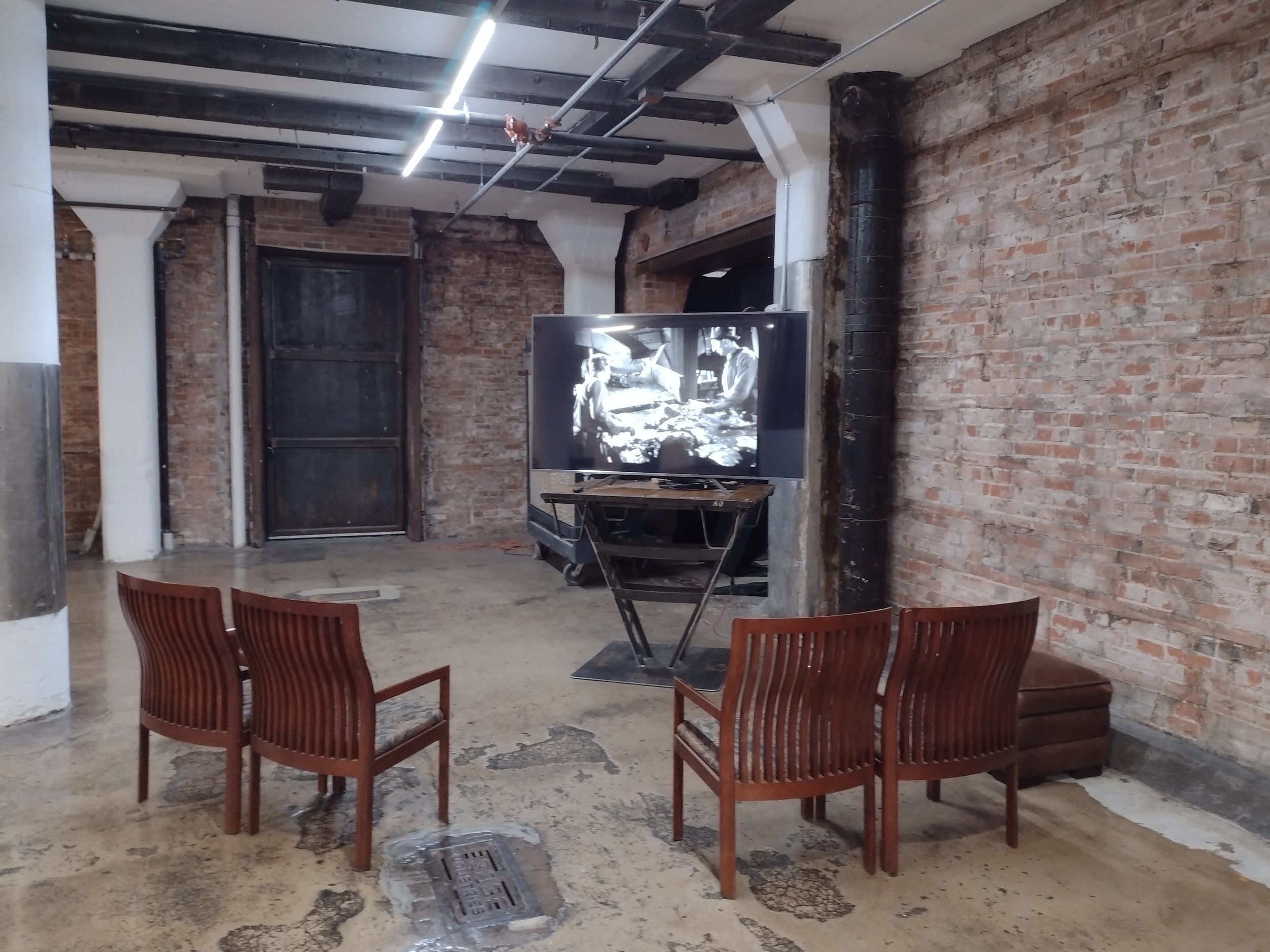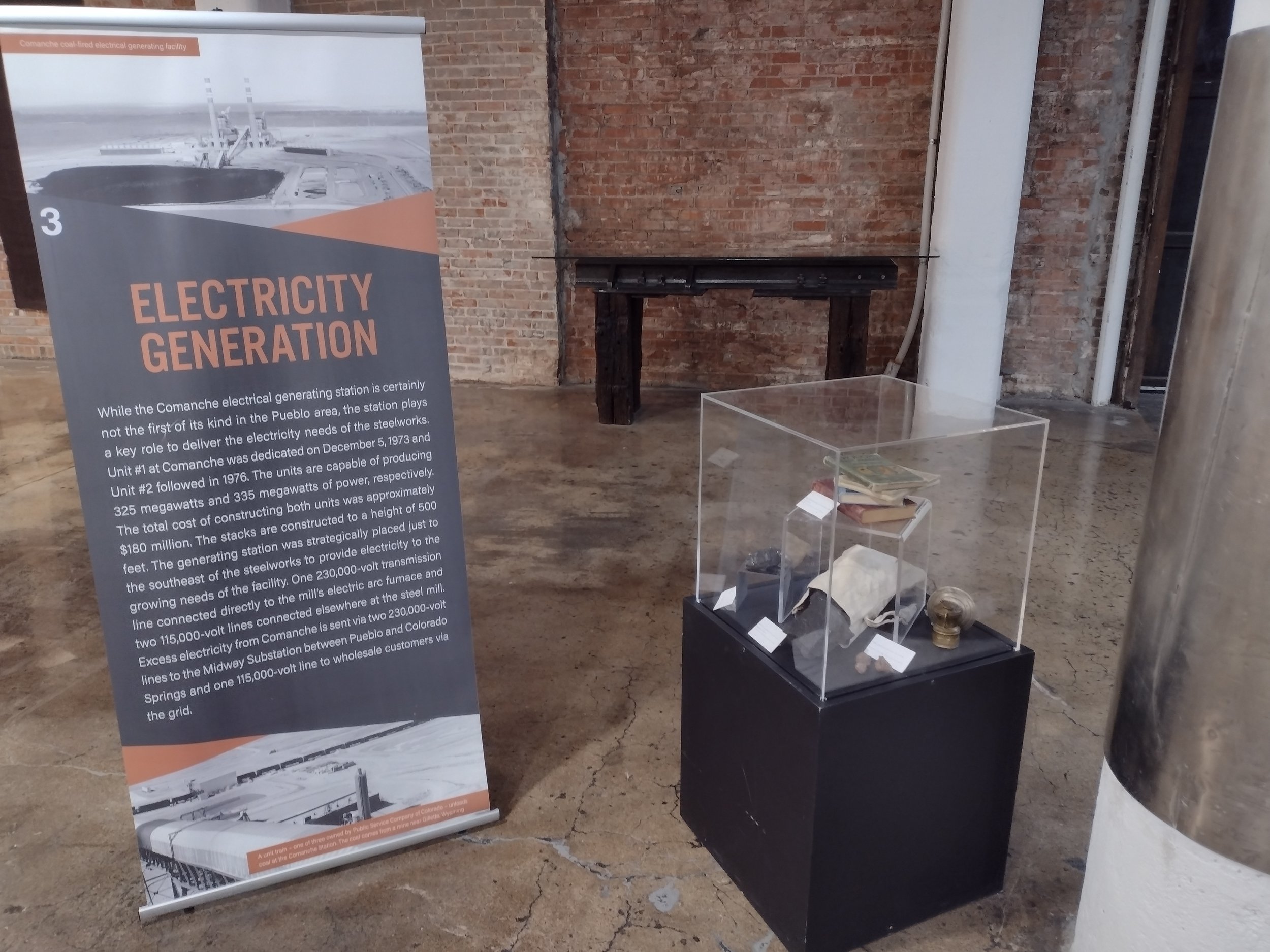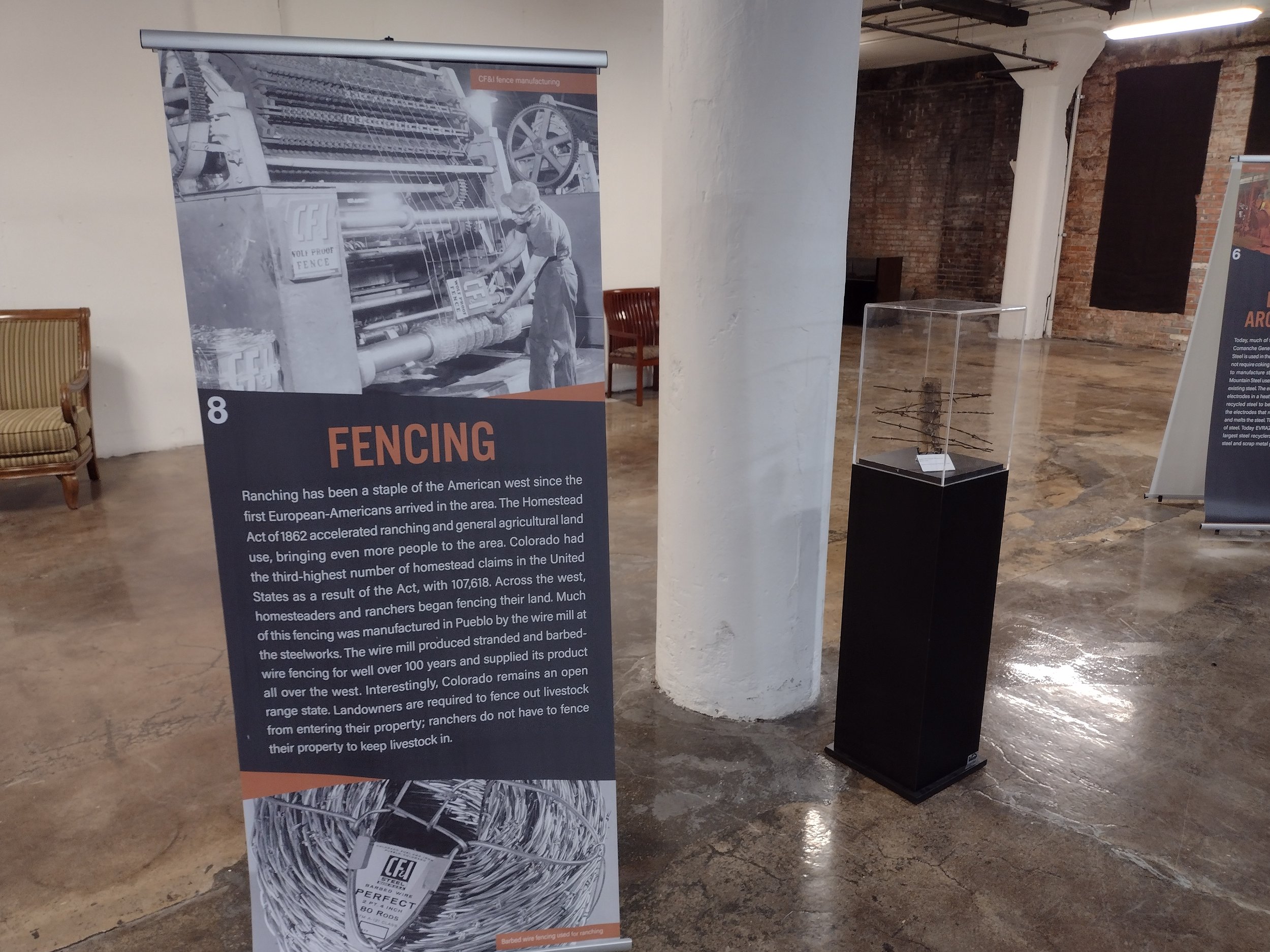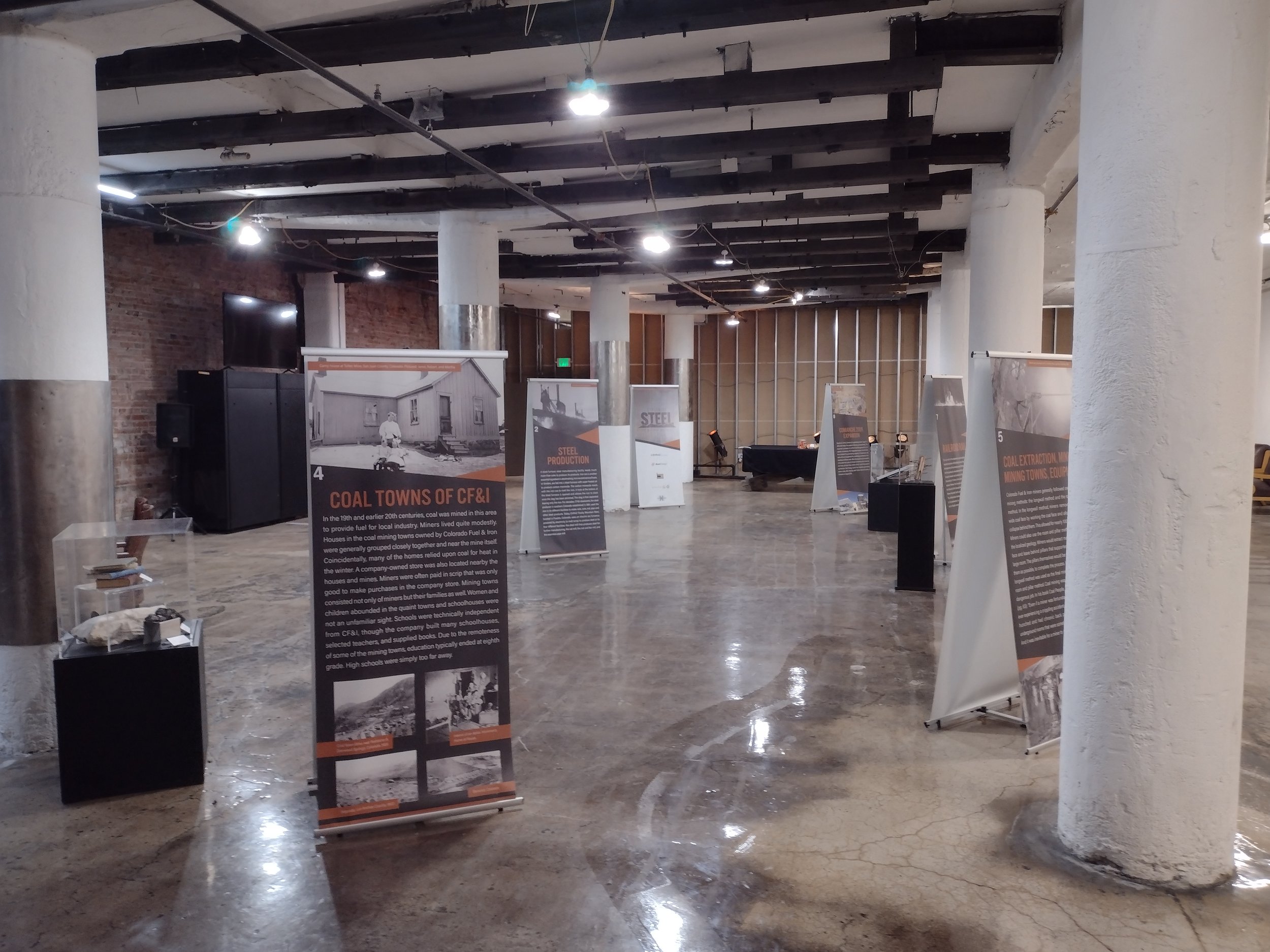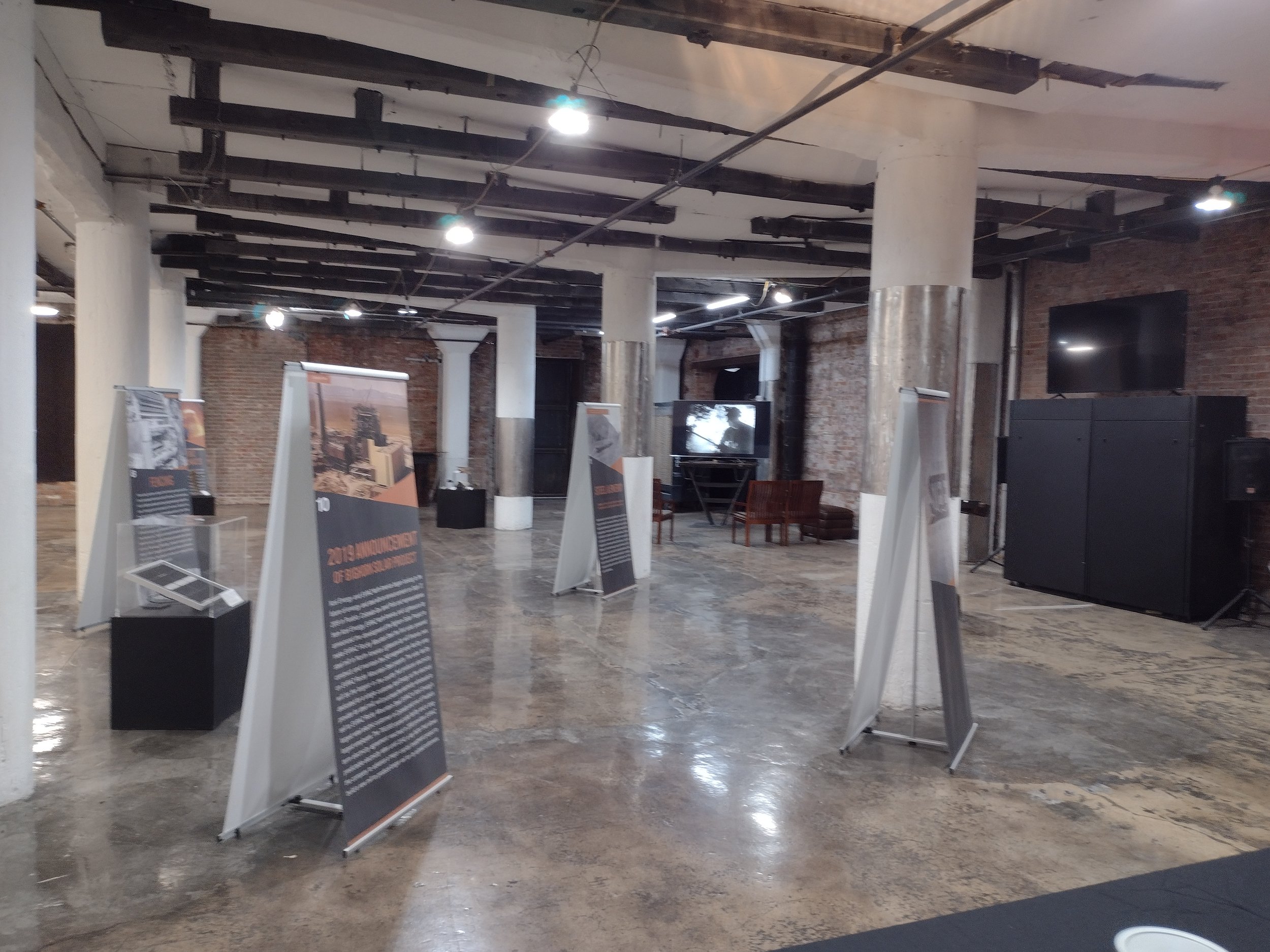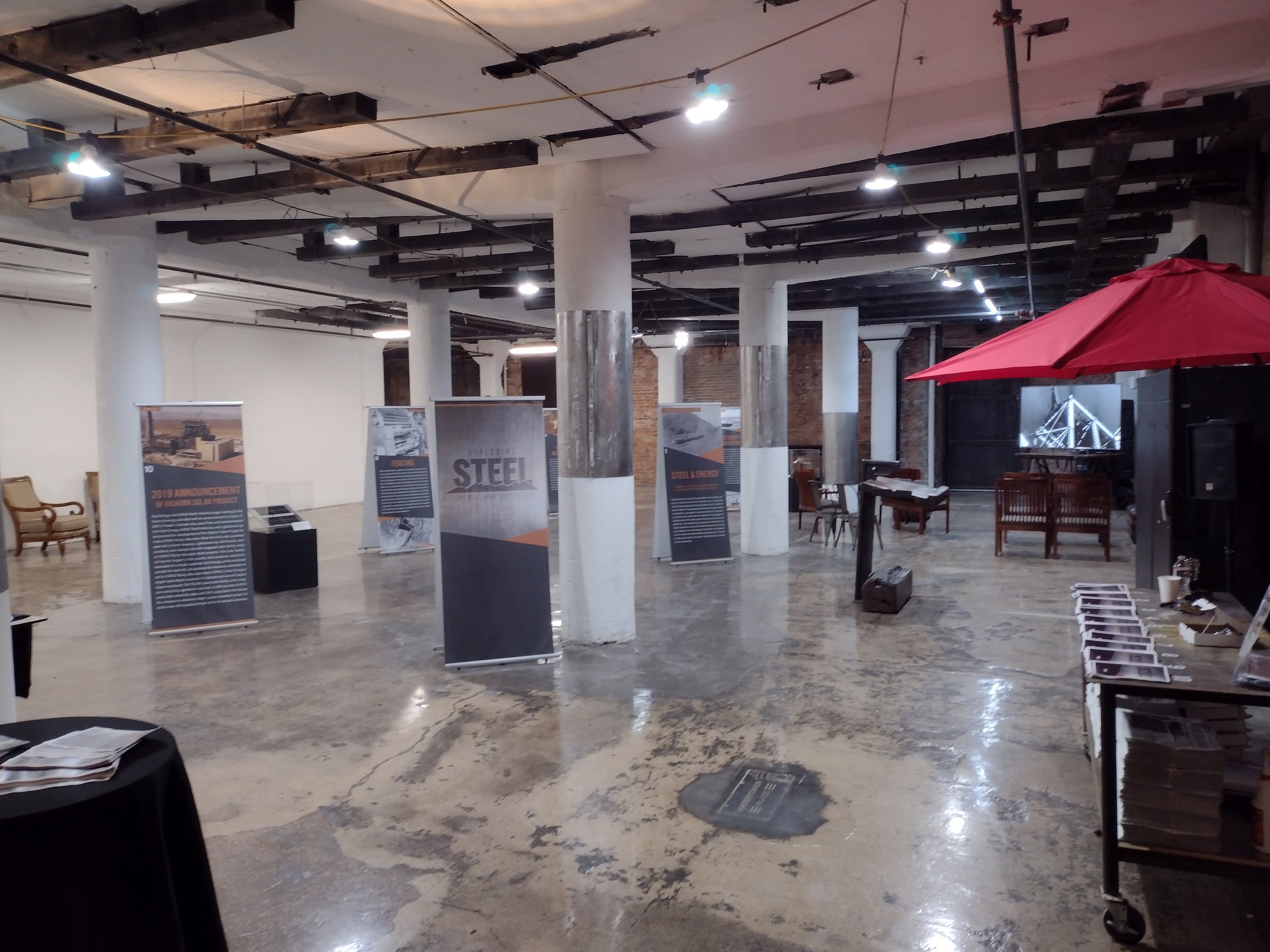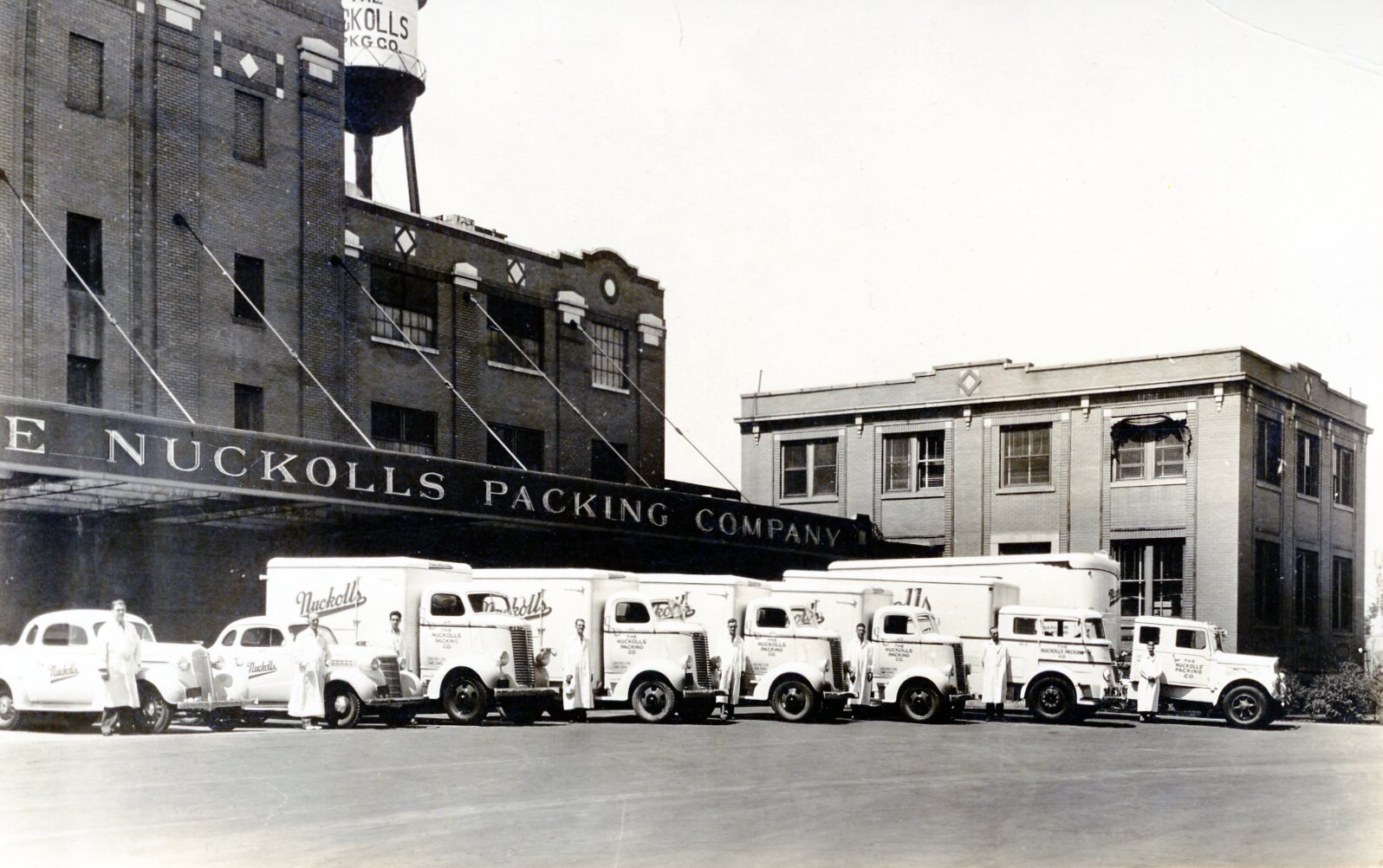Adaptive Reuse of the Historic Nuckolls Packing Plant
Watertower Place is a destination for innovation and entrepreneurship and bridges the gap between new ideas and real-world impact. Located in the heart of the historic Grove neighborhood, this iconic five-story former meat packing plant encompasses 250,000-square-feet and features an innovation hub and maker space for prototyping ideas as well as a full spectrum of resources for entrepreneurs to build and grow their business ventures and not-for-profit organizations. Watertower Place is free and open to the public and serves as a nexus for collaborations from science and engineering, business and law, art and design, by innovators from around the region.
Norwegian born architect Hans Peter Henschien started his own design and architectural practice in Chicago in 1915 and designed more than 300 meat packing and cold storage facilities around the world. The Pueblo plant was one of his first projects with his new firm which and communications with the Nuckolls Family began in 1915. From 1890 to about 1940, packing plants typically were multistory facilities in which work flowed downward using gravity as the main form of technology. Many of the plant buildings share common walls, although all buildings are structurally independent. They are, however, tied into one another to the extent that little or no design separation is obvious from the exterior. Interior operations were arranged so that the flow of work proceeded in a more-or-less orderly fashion from slaughter through processing and manufacturing to shipping, and the plant can therefore be divided into building clusters according to function or related functions.
Watertower Place in the historic Grove neighborhood of Pueblo is currently positioned to become a thought leader in how re-urbanism and thoughtful adaptive re-use of historic properties helps us better understand the 'future of the past'.
The History of Innovation and Creativity at Watertower Place
When Pueblo’s core steel industry was on the downturn and struggling to survive, related businesses like Johnny’s Metal Works & Boiler Shop found an opportunity to thrive and developed a revitalization strategy with the guidance of local entrepreneur and consultant Ryan McWilliams, who is also the owner and developer of Watertower Place. This initial move was the first in a series of strategic steps that not only served the immediate needs of the restoration and renovation of the former meat packing plant, but also fostered the understanding and jump-start of an introduction to prototyping and advanced manufacturing for our innovation center.
With over 250,000 sq ft of open work space now available in the former meat packing plant on four main floors plus an expansive basement, Watertower Place is evolving into a new vertical urban village where shared resources and a collaborative environment offer extraordinary opportunities for entrepreneurs and creatives to thrive. The development team at Watertower Place realized that when you consider the whole arc of ideation and the infrastructure of not only manufacturing, but invention and commercialization, you have an opportunity to forge new pathways of discovery that are robust and complementary to the entrepreneurial mindset.
For over 150 years, Pueblo has been the quintessential maker city with a strong ‘can-do’ attitude nurtured by the town’s rich blue collar labor force working in everything from steel manufacturing to meat processing. Whether you are a young entrepreneur or a senior tinkering in your garage, Pueblo is never short on ideas. But when you have an idea, where do you go? For many this question is daunting and a challenge. For others it is just a matter of strategic networking and relationship building. Watertower Place is the new destination for ideas in Southern Colorado.
No longer is innovation an abstract concept, but rather a physical place to visit where your ideas are received and tested. From idea to innovation, Watertower Place illuminates the pathway for aspiring entrepreneurs and creatives to make real-world impact. This world-class innovation center is your key to accessing a complete ecosystem for venture creation including everything from design and ideation resources to prototyping and fabrication equipment, as well as the legal and business expertise needed to launch your startup in one of our incubators.
Our next article will focus on the Mission of the Center for Innovation & Entrepreneurship.
